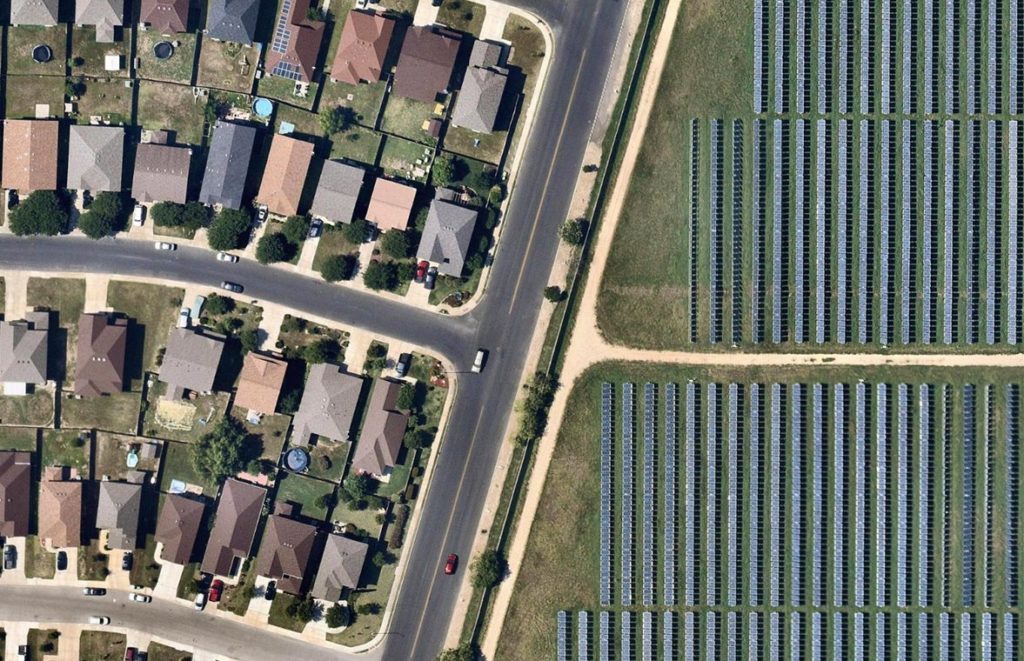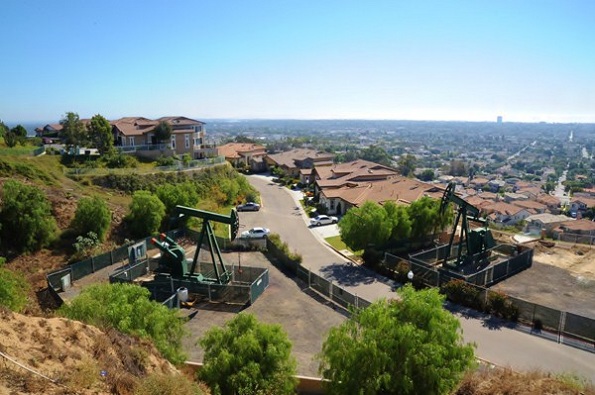Source
Aries Clean Energy
Publication Date
May 10, 2019
A healthy Energy Sprawl like a gasification plant can reduce carbon footprints, lower emissions signatures, and divert unwanted waste streams (such as wood and biosolids) from local landfills. The key to it all is planning.
In the haste to achieve energy goals and lessen dependence on fossil fuels, be aware of Energy Sprawl. There are ways to achieve emissions reductions and limit energy sprawl. Aries Clean Energy can help.
In an effort to embrace renewable energy, some individuals, companies, cities, etc., are quick to get on board and lessen their dependence on convention fossil fuels. Although many see this as a positive step, there is a voice out there warning of the possibility of Energy Sprawl.
The amount of land used by a renewable energy facility, such as a wind farm, solar field, or gasification plant can be referred to as Energy Sprawl. It includes concerns that a natural habitat will be diminished to make way for purpose grown crops for biofuels or the large blades of a wind farm. Even conventional energy generation via oil derricks and hydraulic fracturing pads can be guilty of Energy Sprawl as they all require space to operate. But there are ways to help lessen the effect of the sprawl.
 Suggestions to limit Energy Sprawl
Suggestions to limit Energy Sprawl
An article published in Renewable Energy World cites three ways to achieve emissions reductions, but limit energy sprawl:
- Build power plants on brownfield sites as much as possible;
- Create flexible cap and trade rules, which allow for emissions reductions with certain low-land impact technologies, and/or
- Site plants carefully, in areas where they have minimum impact on habitat.
A brownfield site can be defined as: Land or an area of land or premises that has been previously used, but has become vacant, derelict, or contaminated in some way. This term is derived from its opposite, undeveloped or greenfield land. The key to it all is planning.
 How can renewable energy and Energy Sprawl coexist?
How can renewable energy and Energy Sprawl coexist?
Some companies have already taken measures to lessen or avoid Energy Sprawl altogether. For example, some firms are putting solar fields on top of existing buildings or parking structures that do not require any new land to be acquired for renewable energy generation. Other communities are constructing solar fields or wind turbines on abandoned landfills – land that will not be suitable for crops, schools, or homes. Some wind farms have been constructed in a way so that the land can still be used for cattle grazing. In Albania, Statkraft recently announced a floating solar field that will be used on the ocean. Floating solar could also be utilized in reservoirs and lakes. For the full announcement: https://www.statkraft.com/media/press-releases/2019/floating-solar-pv/
At Aries Clean Energy, we recommend that our gasification plants (which often require less than one acre of land) be constructed on sites already earmarked as a non-agriculture site, such as the local wastewater treatment plant or another brownfield site. It has been our experience that because of modular construction and compact size, our plants can fit on existing industrial sites. This way, a community can embrace the renewable energy from gasification without sacrificing much needed agricultural land or housing, school expansions. A healthy Energy Sprawl like a gasification plant can reduce carbon footprints, lower emissions signatures, and divert unwanted waste streams (such as wood and biosolids) from local landfills. For more information on gasification: https://ariescleanenergy.com/gasification/

References:
https://www.renewableenergyworld.com/ugc/articles/2009/09/energy-sprawl-the-next-worry.html
https://green.blogs.nytimes.com/2009/08/26/study-warns-of-energy-sprawl/
https://global.nature.org/initiatives/energy-sprawl
https://undark.org/2016/10/19/feed-energy-demand-will-sprawl/
https://www.statkraft.com/media/press-releases/2019/floating-solar-pv/



 Share on Twitter
Share on Twitter